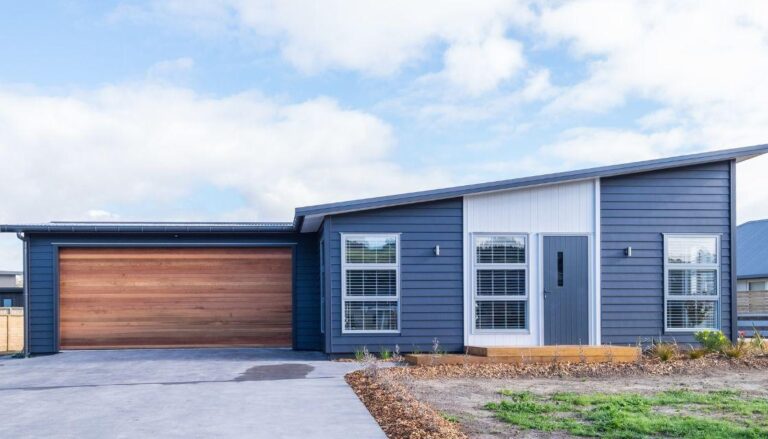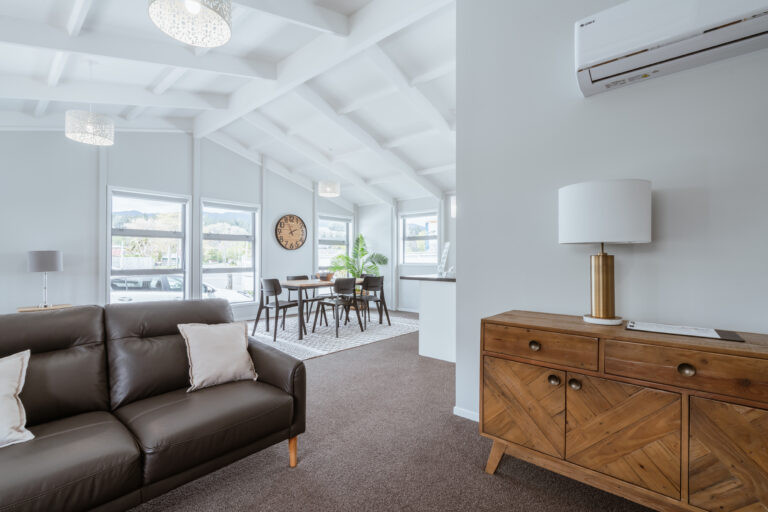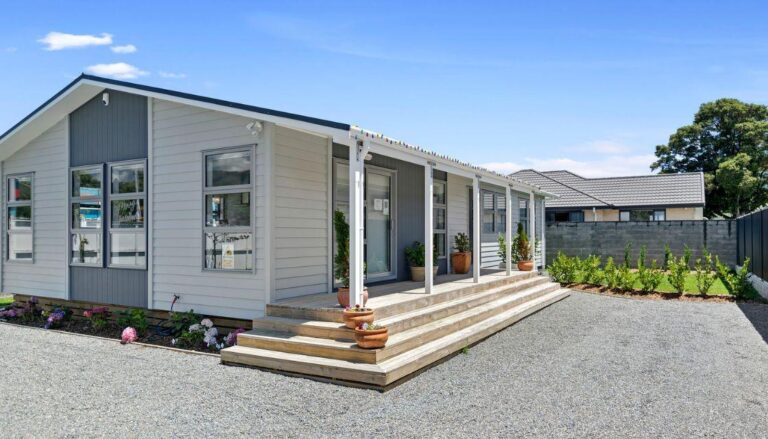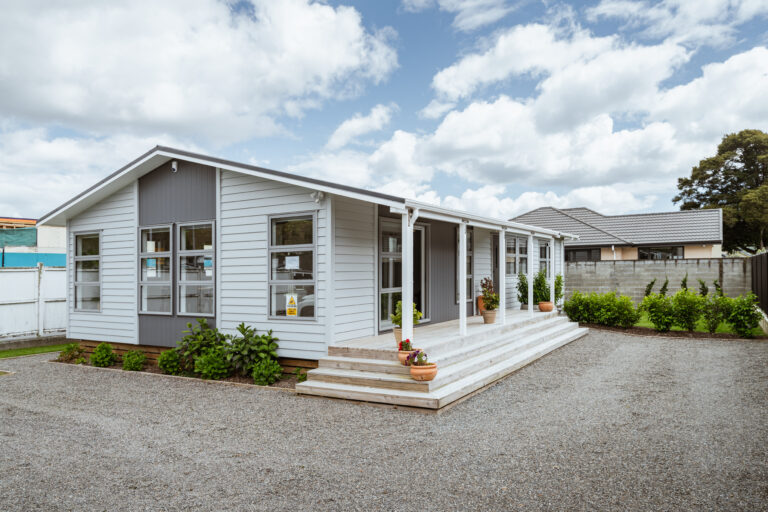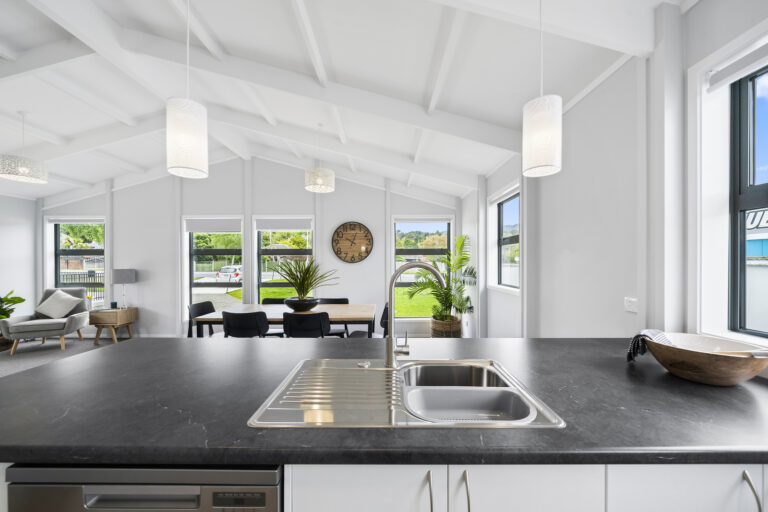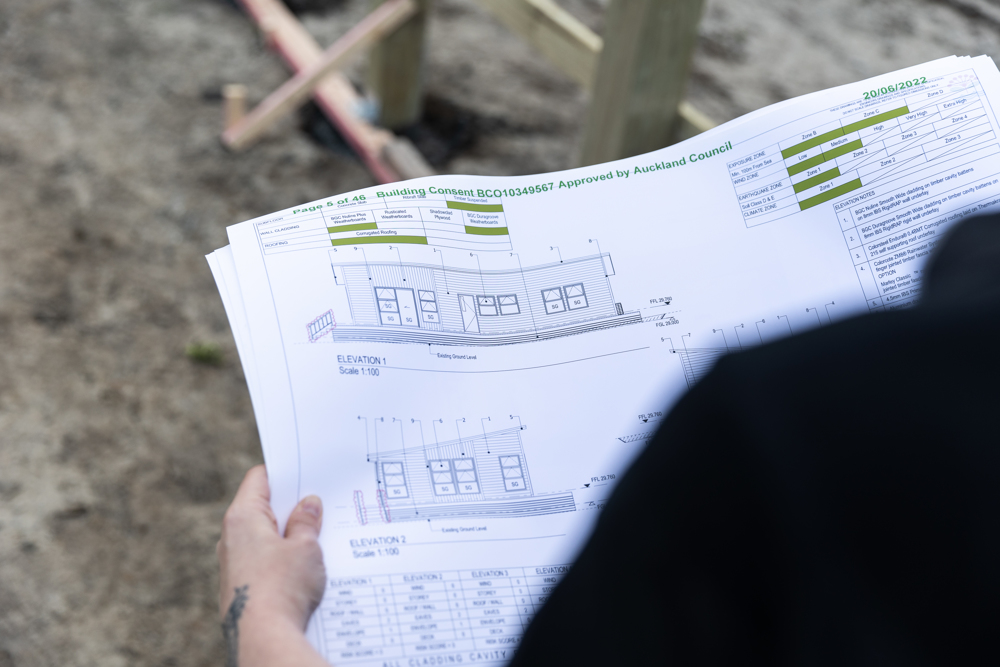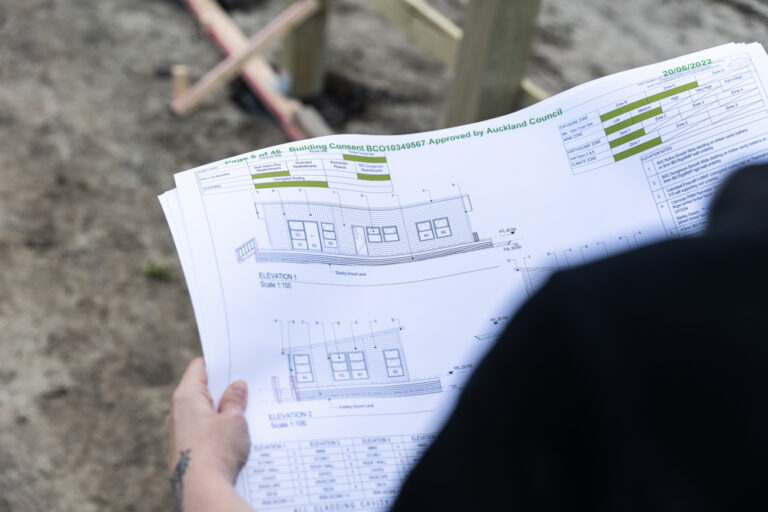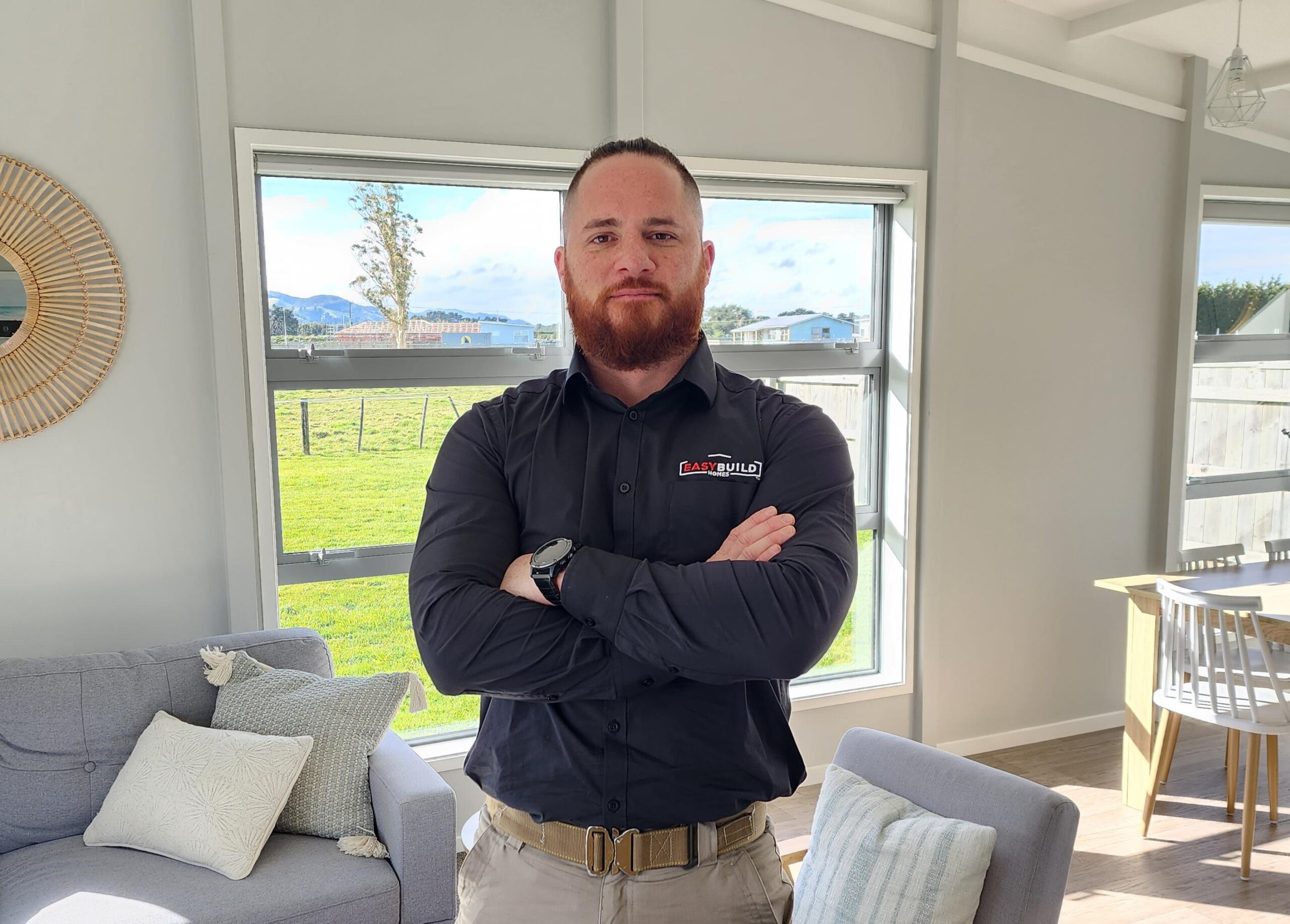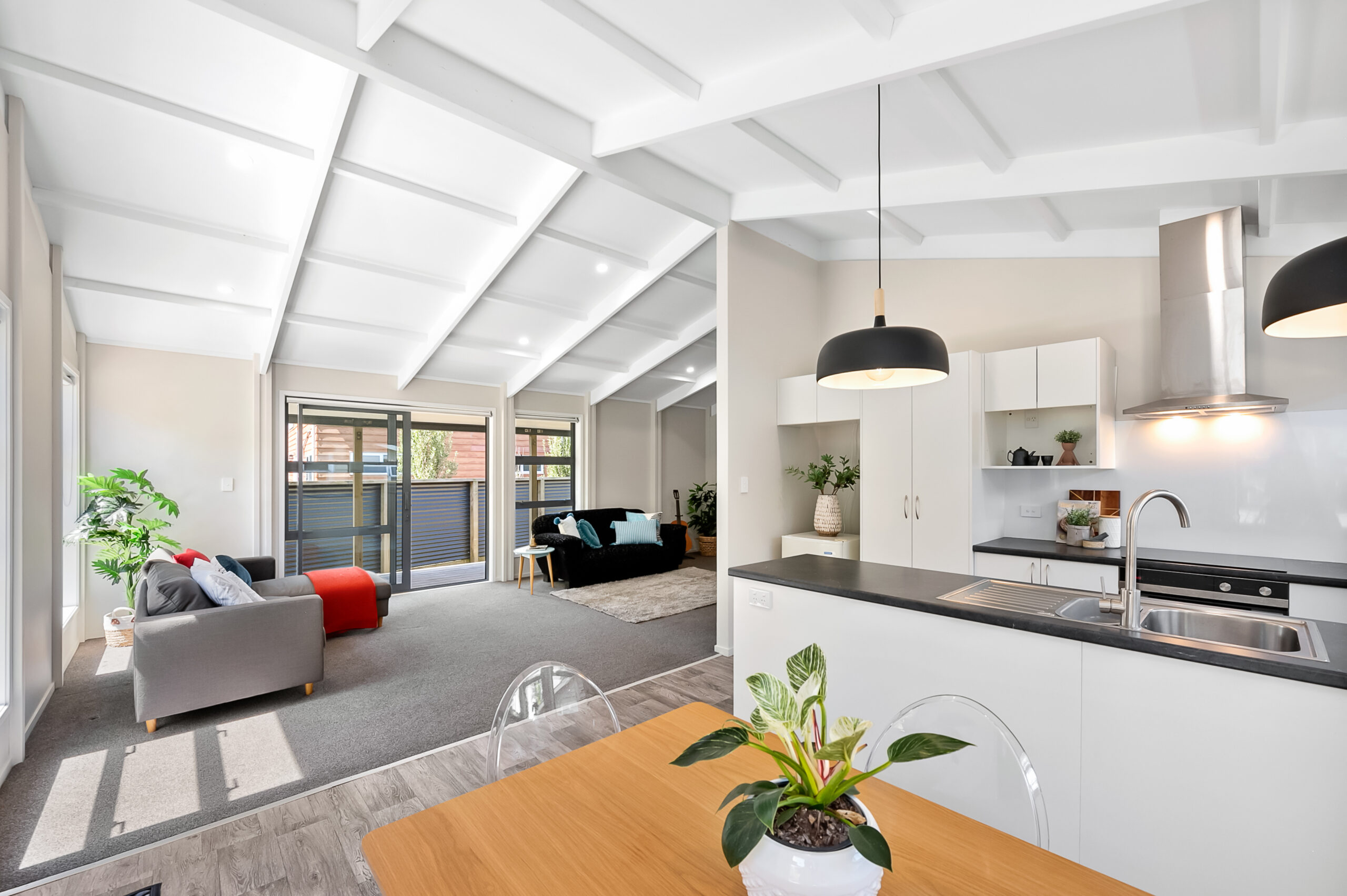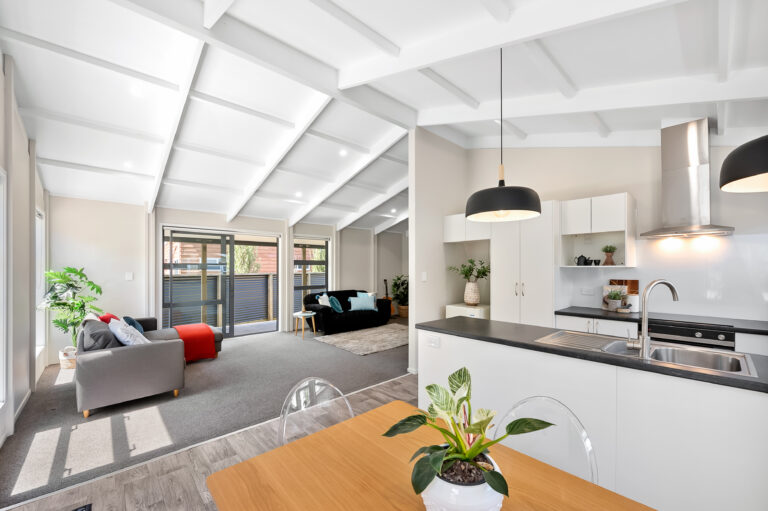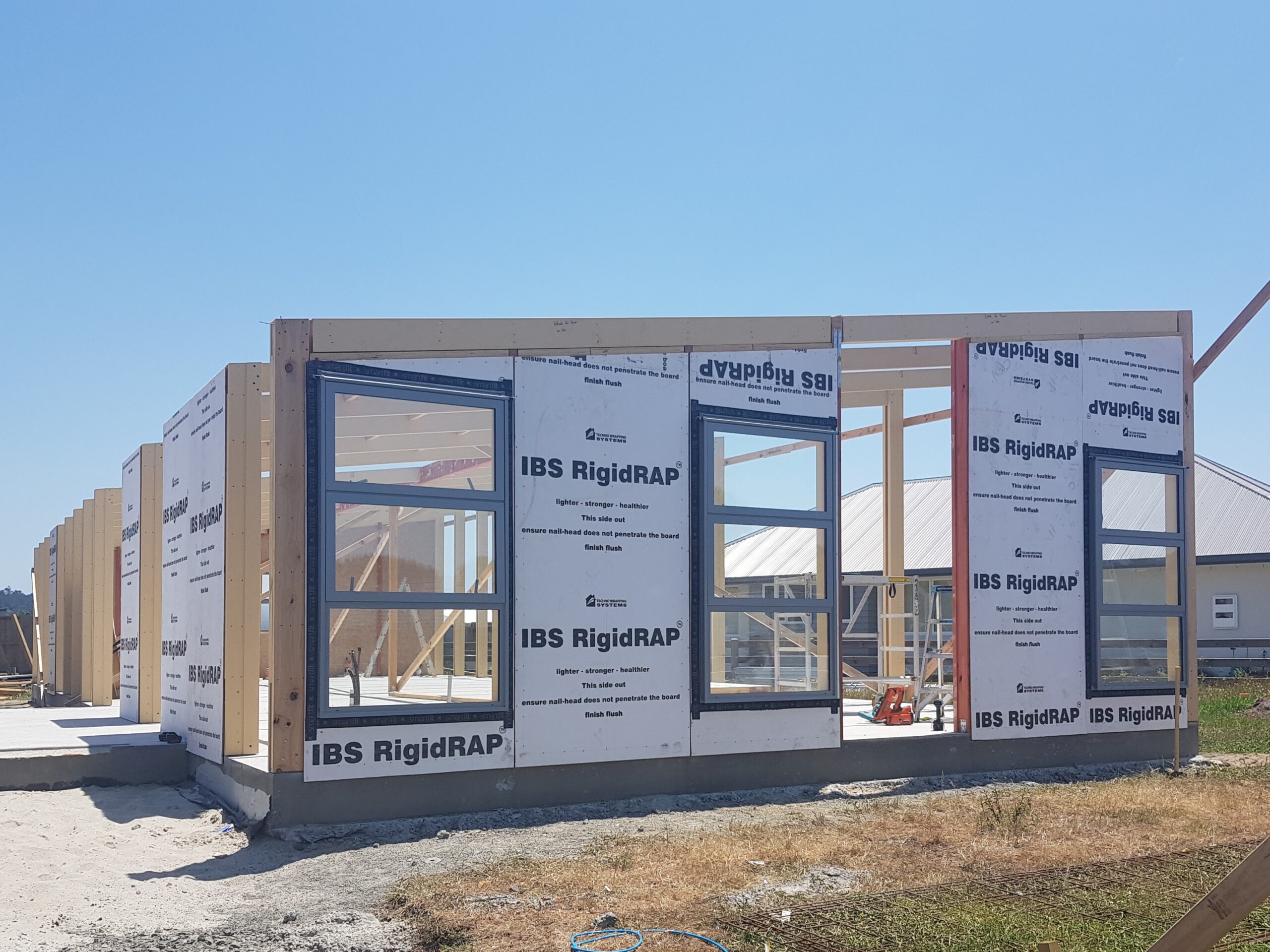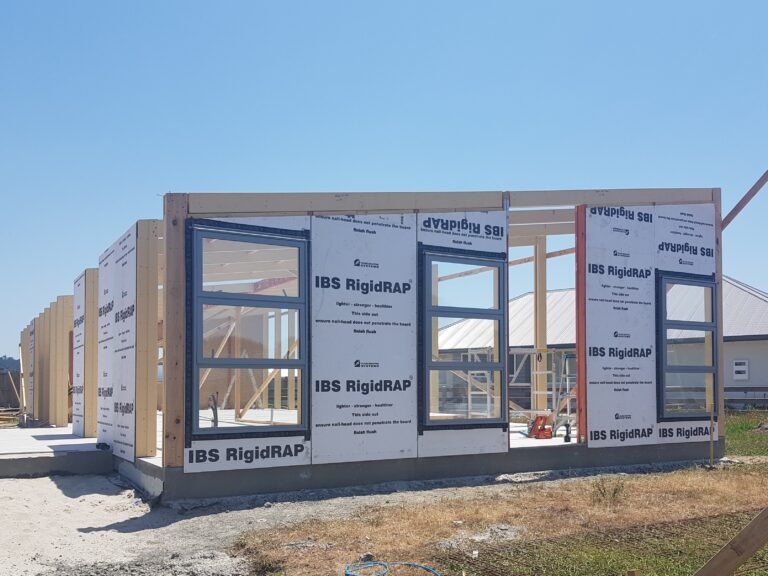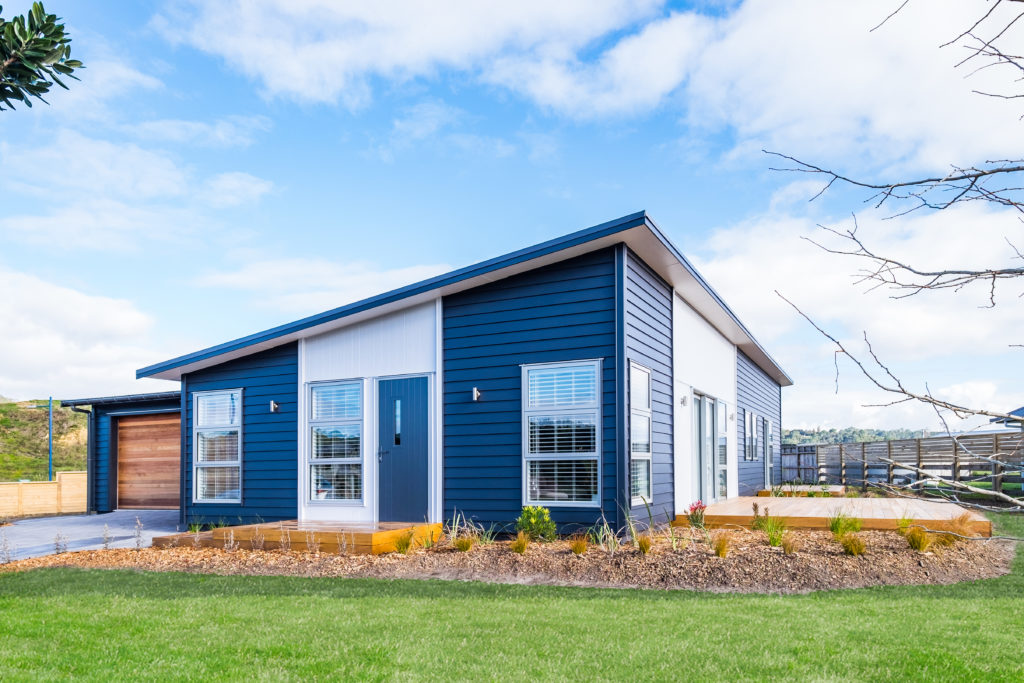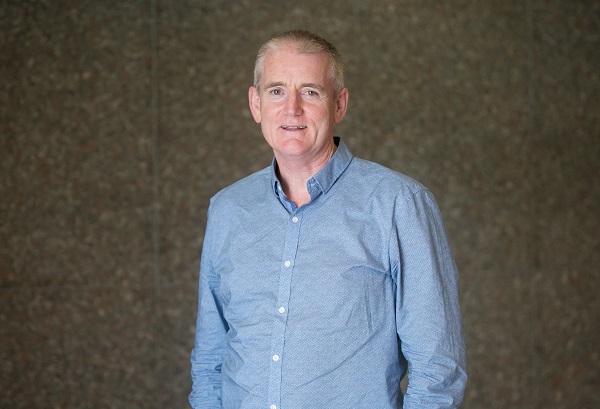Building a new home is an exciting process but not something most of us do every day.
Like anything new, jumping into the unknown can be pretty nerve-wracking, so it’s important to get to know the team who’ll be taking care of your build. Clear communication, trust and an upfront approach set the foundations for a positive, stress-free, committed relationship with your building team.
Get to know Scott Hargood and Nicole Whitehead from EasyBuild Northland, and find out why EasyBuild Homes offers a smart solution to building new in the Northland region.
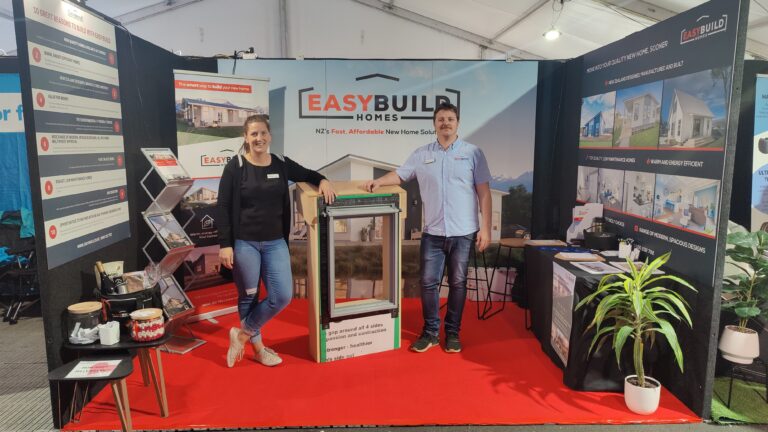
Tell us about yourselves
Both born and bred in Northland, Scott and Nicole offer a wealth of experience to make sure your experience building with EasyBuild Northland is a great one.
With more than 20 years in the construction industry, Scott has broad experience within the building industry both here in Aotearoa and overseas. Starting his own renovation business in Whangarei in 2015 led Scott to see a niche in the local market for quality, affordable new homes, and knew EasyBuild’s homes would offer a great solution for addressing Northland’s housing shortage. Thus, EasyBuild Northland was born.
Outside of work, Scott’s a keen fisherman and snowboarder and loves enjoying the outdoors with his young family.
Nicole’s background is as a healthcare professional in the natural health and wellness industry, a passion that was borne out of a desire to give people back hope in their health. Housing and health needs are intrinsically linked and there’s nothing Nicole loves more than giving people the opportunity to explore the possibilities they’ve dreamed of for their home and turning that into a reality for them.
Growing up on a Northland farm, Nicole loves hard work and making things happen. She loves the outdoors and living in a tiny home for five years gave Nicole a renewed appreciation for the simpler things in life.
Who makes up the EasyBuild Northland team?
Our tight-knit Northland based team is made up of Scott, Nicole and Marc, as well as our on-site teams. As a team, we share a passion for delivering the best possible results for our clients and building strong working relationships with our clients. You can expect to get to know our team pretty well during the course of your build!
What’s your favourite part of the build process?
Our favourite parts of the EasyBuild build process are the container arriving to site and opening the doors to see the components that make up a whole home packed inside. Closely followed by heading back out to site only a week or so later and seeing the home take shape so fast! You really start to feel a sense of home so quickly as the house takes shape.
There is no better feeling than visiting site with a client and seeing them feel at home in their new home for the first time, and knowing their vision has come to life, from what was previously a design on a screen or a piece of paper.
What do you see as a successful home build project?
Our number one measure of success is a happy client, and having our client actually get what they dreamed of – ie) expectations and reality aligning completely.
A successful home build project also requires a happy team, as we know a happy and engaged team will do great work so we work hard to make this happen.
What makes EasyBuild a great choice for building in Northland?
An EasyBuild home is an excellent choice for building in Northland because our homes are closed in so much sooner than most conventional builds, which means the house is dryer and much more protected from the elements – very important with Northland’s more tropical climate.
Our homes are also solid and robust which makes them a great option for some of the less stable ground you can experience in Northland.
Plus, if a site can be walked to, an EasyBuild home can be built there. This means we can access a lot more sites in Northland than other home providers by nature of easier accessibility.
What EasyBuild home designs are your clients choosing for their Northland builds, and why?
By far the most popular designs in Northland to date are our Carlton, Kuratau and Glenorchy designs, each for different reasons.
Our Carlton design has been really popular with clients looking to put infill housing on their land, or for multi-generational living on the same property. Overall, we’re finding a lot of interest in infill housing and secondary dwellings, and we have a wide range of designs suited to different sized sites to accommodate that.
EasyBuild’s Glenorchy design is a popular choice amongst our clients looking for a family home. With four bedrooms, two bathrooms and an extended living area, there is space for the whole family to relax.
Lastly, our Kuratau design has been popular among our customers looking to build rental accommodation locally, and a great option for farmworker accommodation. It features 3 bedrooms and two bathrooms which makes it a practical and very comfortable, warm and low maintenance home, which makes for happy landlords and happy tenants.
What motivates you to do a great job for your clients?
Wanting to do the right thing by people is our key motivator.
In a close-knit community like Northland, word of mouth is our best form of advertising, and we want to make sure all of our clients have a happy and positive experience, and that they get the home they dreamed of.
At EasyBuild Northland, we pride ourselves on our honesty and integrity, and endeavour to do the right thing every single time. This is a key driver in how we manage our jobs, and ensuring our clients get value for money. You can trust that we’ll be communicating with you every step of the way during your project and know that we want the best for you.
What’s your advice for anyone thinking about building new in Northland right now?
The cheapest time to build was yesterday, and the best time to build is now. There’s no time like the present, so if you’re thinking about building, just do it! The sooner you get started, the sooner you’ll be enjoying your comfortable new home.
We also can’t stress enough getting the right advice, and making sure you trust the people you’re building with, whether it’s us or someone else. It’s important you have someone who understands your dream, that you can trust to deliver your home.
Finally, read the fine print and always know what’s included/excluded from your contract. We price our jobs to be site specific, so you’re getting more accurate pricing, and this reduces the likelihood of nasty surprises down the track.
What do you think makes EasyBuild Northland stand out from other new home providers?
We have a strong and experienced team with so much integrity. We offer something different to everyone else: a quality product, speed of build and a personal touch. Plus, we’re all local, with a proven track record in the local community. What are you waiting for? Get started on your new home journey with EasyBuild Northland today.



